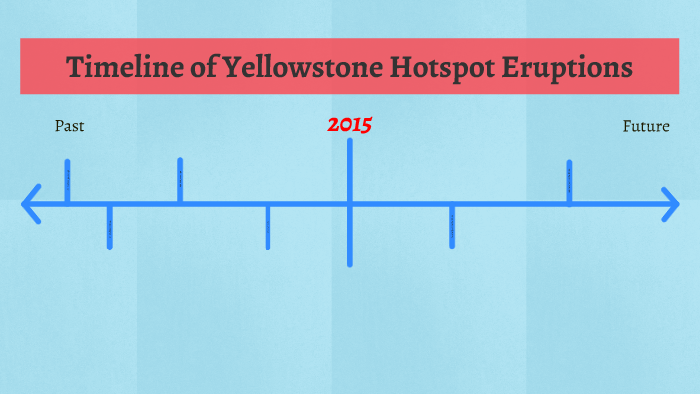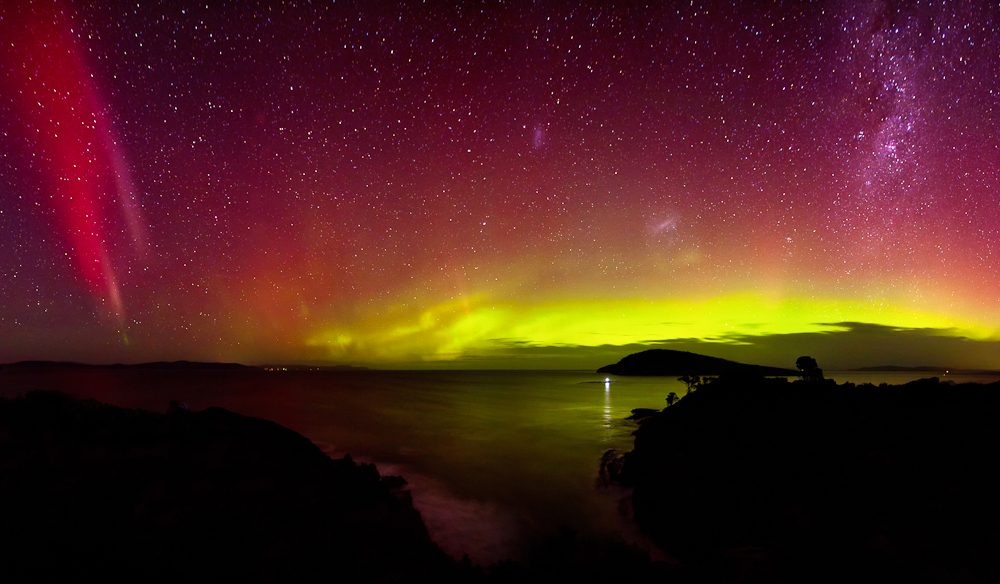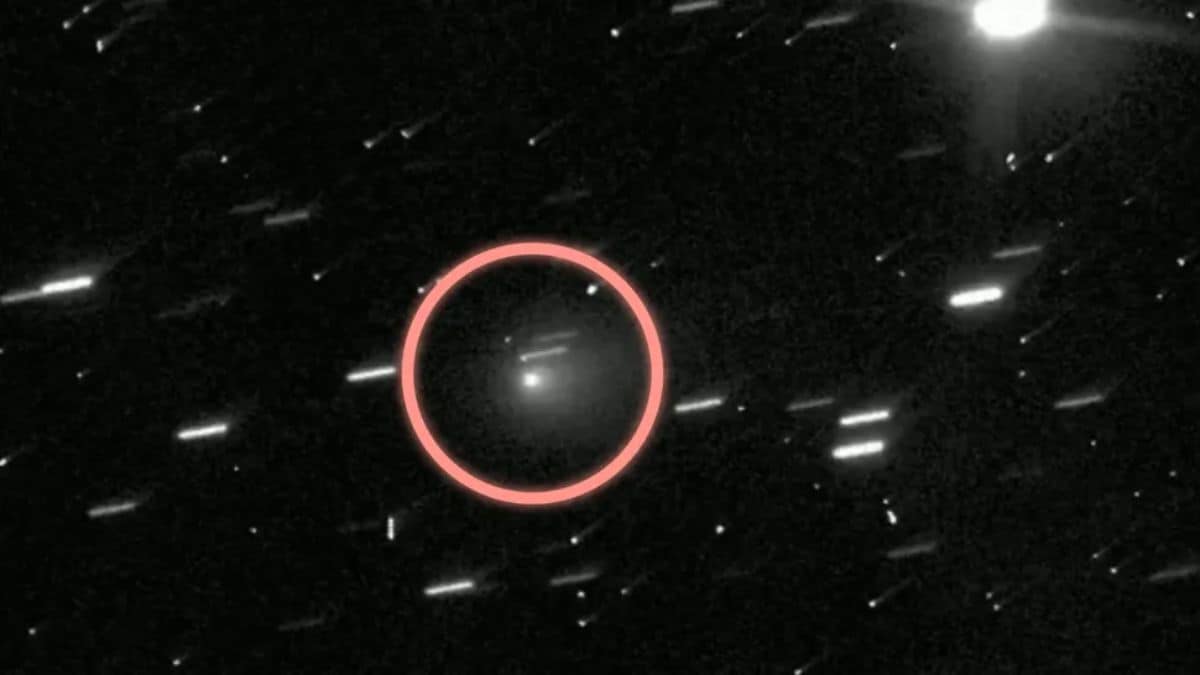Yellowstone Supervolcano - New Study Sheds Light on Eruption Timeline

The Yellowstone supervolcano, a slumbering giant beneath the iconic national park, has long been a source of both fascination and fear. Its immense power, capable of unleashing catastrophic eruptions, looms large in the public imagination. However, a recent study published in the journal "Geology" offers a fresh perspective on the volcano's past, providing some reassurance while simultaneously raising new questions.
Deciphering the Volcanic Record
The study, led by researchers from Virginia Tech, focused on analyzing volcanic deposits from the most recent supereruption at Yellowstone, which occurred approximately 631,000 years ago. By examining the chemical composition and magnetic properties of these deposits, the scientists were able to reconstruct the timeline of events leading up to the eruption with unprecedented detail.
Contrary to previous assumptions that supereruptions at Yellowstone require millennia to unfold, the new data suggests a much more rapid progression. The researchers found evidence indicating that the final surge of magma into the volcanic chamber, the critical trigger for the eruption, occurred within a timeframe of just decades. This implies that the transition from a relatively dormant state to a supereruption could happen much faster than previously thought.
Calming Fears, Sparking New Questions
While the possibility of a rapid eruption might seem alarming, the study's authors caution against interpreting these findings as a sign of imminent danger. The Yellowstone supervolcano is closely monitored by the U.S. Geological Survey (USGS), and there are currently no indications of any unusual activity that would suggest an eruption is imminent.
Furthermore, the researchers emphasize that their study focused solely on the most recent supereruption. The geological history of Yellowstone is complex, with significant variations between each major eruptive event. While this study provides valuable insights into one particular eruption, extrapolating these findings to predict future behavior remains challenging.
Ongoing Research and Monitoring Efforts
The study's findings underscore the importance of continuous research and monitoring efforts at Yellowstone. By unraveling the secrets of its volcanic past, scientists can better understand the potential hazards and develop more accurate forecasting models.
The USGS, in collaboration with other institutions, maintains a comprehensive monitoring network at Yellowstone, tracking seismic activity, ground deformation, and hydrothermal features. This constant vigilance provides crucial data for assessing the volcano's current state and identifying any signs of potential unrest.
Looking Ahead
While the recent study provides valuable new insights into the Yellowstone supervolcano, it also highlights the complexities and uncertainties inherent in studying these powerful geological forces. Continued research and monitoring are essential for mitigating risks and ensuring the safety of the millions who visit and live near this natural wonder.
The Yellowstone supervolcano stands as a stark reminder of the immense power that lies beneath the Earth's surface, a power that both inspires awe and demands respect. Through ongoing scientific inquiry and responsible stewardship, we can strive to coexist with this natural wonder, appreciating its beauty while remaining vigilant to the potential risks it poses.


















Comments ()